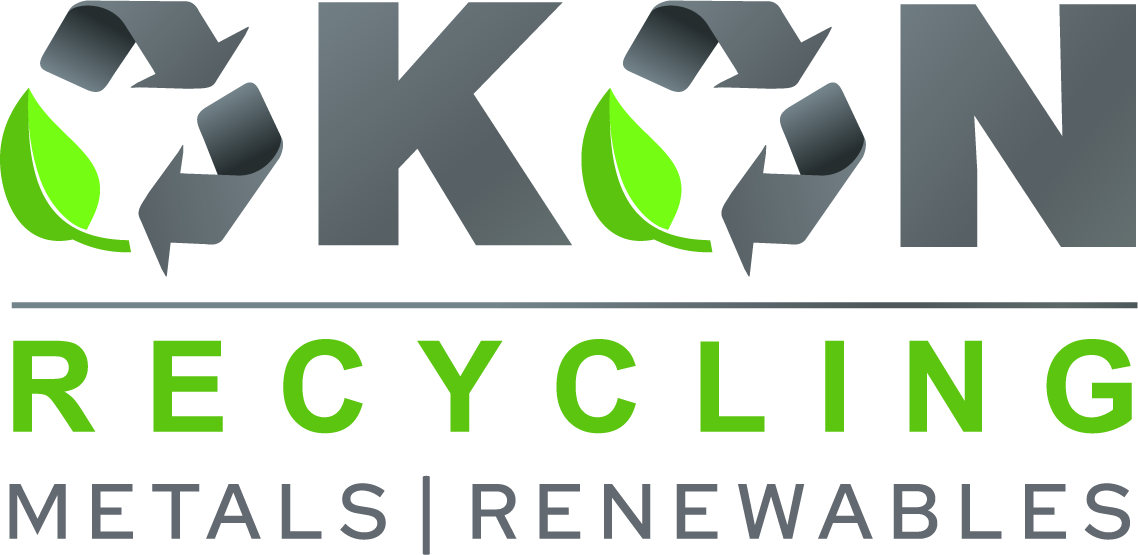5901 Botham Jean Blvd, Dallas, TX 75215
Metal Disposal: Sustainable Solutions for a Cleaner Future
April 2, 2025Did you know that around 400 million tonnes of metal waste are recycled globally every year? Yet, this staggering figure represents only a fraction of the total metal waste generated. The challenge of metal disposal looms large in our increasingly industrialized world, demanding innovative and sustainable solutions.
Metal disposal is not just about getting rid of unwanted scrap; it is a critical component of responsible waste management with significant environmental and economic implications. As we face dwindling natural resources and growing environmental concerns, the way we handle metal waste has never been more important.
From discarded appliances to industrial byproducts, metal waste comes in various forms and sizes. When improperly managed, it can lead to soil contamination, water pollution, and the loss of valuable resources.
The Environmental Impact of Improper Metal Disposal

Imagine a world where rivers shimmer with a metallic sheen and once-lush forests stand barren, their soil poisoned by an invisible threat. This isn’t a scene from a dystopian novel—it’s the potential reality of improper metal disposal. Carelessly discarding metals extends far beyond unsightly junk piles, posing severe risks to our environment and health.
Metals, when improperly disposed of, persist in our environment, breaking down slowly and releasing toxins that infiltrate soil, water, and air. This contamination triggers a chain reaction of environmental degradation that can last for generations.
Understanding the specific ways improper metal disposal harms our ecosystems and communities is crucial for developing effective strategies to combat this growing environmental challenge.
Soil Contamination: A Silent Killer of Ecosystems
When metals are dumped in landfills or left to rust in open areas, they leach harmful chemicals into the soil. This process, known as leaching, has devastating effects on soil health. Heavy metals like lead, cadmium, and mercury are particularly notorious for their polluting properties.
According to research from J-Stage, soil polluted with heavy metals poses significant risks to human health, groundwater quality, and overall soil productivity. The contamination reduces soil fertility, hampering plant growth and disrupting entire ecosystems.
The impact on agriculture is particularly concerning. Crops grown in contaminated soil can absorb these toxins, introducing them into the food chain. This not only affects the quality and safety of our food supply but also poses long-term health risks to consumers.
Water Pollution: Poisoning Our Most Precious Resource
Metal contamination doesn’t stop at the soil—it seeps into our water systems, creating a far-reaching environmental crisis. Rainwater and surface runoff carry metal particles and dissolved toxins into rivers, lakes, and underground aquifers.
The consequences of this water pollution are severe and multifaceted. Aquatic ecosystems suffer as fish and other marine life are exposed to toxic metals. These contaminants can cause developmental issues, reduce reproductive success, and even lead to mass die-offs of aquatic species.
Moreover, polluted water sources pose a significant threat to human health. Communities relying on contaminated water for drinking, irrigation, or recreation face increased risks of health issues, including kidney damage, nervous system disorders, and certain types of cancer.
Habitat Destruction: Eroding Biodiversity
The cumulative effect of soil and water contamination from improper metal disposal leads to widespread habitat destruction. As toxins accumulate, they create inhospitable environments for native flora and fauna.
Sensitive species, unable to adapt to polluted conditions, may disappear from affected areas. This loss of biodiversity can trigger a domino effect throughout the food chain, destabilizing entire ecosystems. The long-term consequences of such habitat destruction are often irreversible, leading to a permanent loss of species and ecosystem services.
Furthermore, the visual impact of improperly disposed metals—rusty appliances in forests or scrap heaps in fields—degrades natural landscapes. This not only affects wildlife but also diminishes the aesthetic and recreational value of our natural spaces.
Greenhouse Gas Emissions: An Unseen Contributor to Climate Change
While less obvious, improper metal disposal also contributes to greenhouse gas emissions. When metals decompose in landfills or open environments, they can react with other waste materials, releasing methane and other greenhouse gases.
Additionally, the energy-intensive processes required to extract and produce new metals to replace those improperly disposed of result in significant carbon emissions. By failing to recycle and properly manage metal waste, we indirectly contribute to the acceleration of climate change.
The environmental impact of improper metal disposal is clear and alarming. From poisoned soils and polluted waters to destroyed habitats and increased greenhouse gas emissions, the consequences are far-reaching and long-lasting. As we confront these challenges, it’s crucial to recognize that responsible waste management isn’t just an environmental issue—it’s a matter of protecting our health, preserving our natural resources, and safeguarding the planet for future generations.
Sustainable Metal Disposal Methods
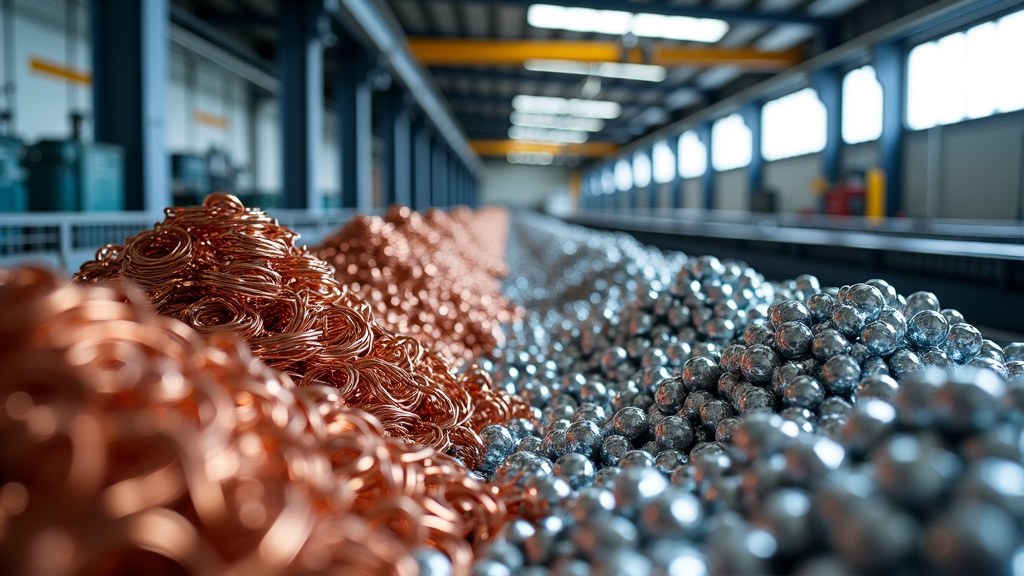
With finite resources and increasing environmental concerns, sustainable metal disposal is crucial for both individuals and businesses. By adopting recycling, upcycling, and proper segregation techniques, we can greatly reduce our ecological footprint while conserving energy and natural resources.
Metal recycling is a leading method of sustainable disposal. Research by the Bureau of International Recycling shows that using recycled metals can cut CO2 emissions by up to 92% compared to raw material extraction, highlighting the significant environmental benefits of metal recycling.
Proper segregation is vital for effective metal recycling. Ferrous metals, containing iron, can be easily separated with magnets, while non-ferrous metals like aluminum, copper, and brass require specialized sorting techniques. By correctly separating these materials, each type of metal can be processed efficiently.
Upcycling: Giving Metals New Life
Upcycling offers a creative way to dispose of metals sustainably. Instead of sending old metal items to recycling facilities, consider repurposing them. For instance, an old metal ladder can become a unique bookshelf, or tin cans can serve as charming garden planters.
This not only reduces waste but also adds a personal touch to your space. Upcycling workshops and online tutorials provide inspiration and guidance for those interested in this eco-friendly craft.
By embracing upcycling, you’re not just disposing of metal sustainably; you’re also fostering creativity and potentially saving money on new purchases.
Implementing Sustainable Practices in Daily Life
Incorporating sustainable metal disposal into your routine doesn’t have to be complex. Start by setting up separate bins for different metals at home or work. Educate family members or colleagues about the importance of proper sorting and its environmental impact.
When buying metal products, choose those made from recycled materials whenever possible, supporting the circular economy. Also, consider durability when purchasing metal items—choosing long-lasting products reduces disposal frequency.
For businesses, partnering with certified metal recycling facilities ensures responsible waste handling. Many recyclers offer pickup services, making it convenient to maintain sustainable practices on a larger scale.
The Circular Economy: A Sustainable Future
Sustainable metal disposal is key to the circular economy model, which aims to eliminate waste and maximize resource efficiency by keeping materials in use as long as possible. According to the Ellen MacArthur Foundation, transitioning to a circular economy could generate $4.5 trillion in economic benefits by 2030.
By participating in metal recycling and upcycling, you’re contributing to this economic shift. The metals you dispose of today could become part of a new product tomorrow, reducing the need for raw material extraction and conserving resources for future generations.
Embracing sustainable metal disposal methods is an investment in a more sustainable and prosperous future. Whether through recycling, upcycling, or mindful purchasing, every action contributes to building a circular economy and preserving our planet’s resources.
| Type of Metal | CO2 Emission Reduction | Energy Savings |
| Aluminum | Saves 10 tons of CO2 per ton recycled | 95% energy savings compared to new production |
| Steel | 58% reduction compared to raw production | 60% energy savings |
| Overall Industry | 500 million metric tons of CO2 annually | – |
Regulatory Framework for Metal Disposal
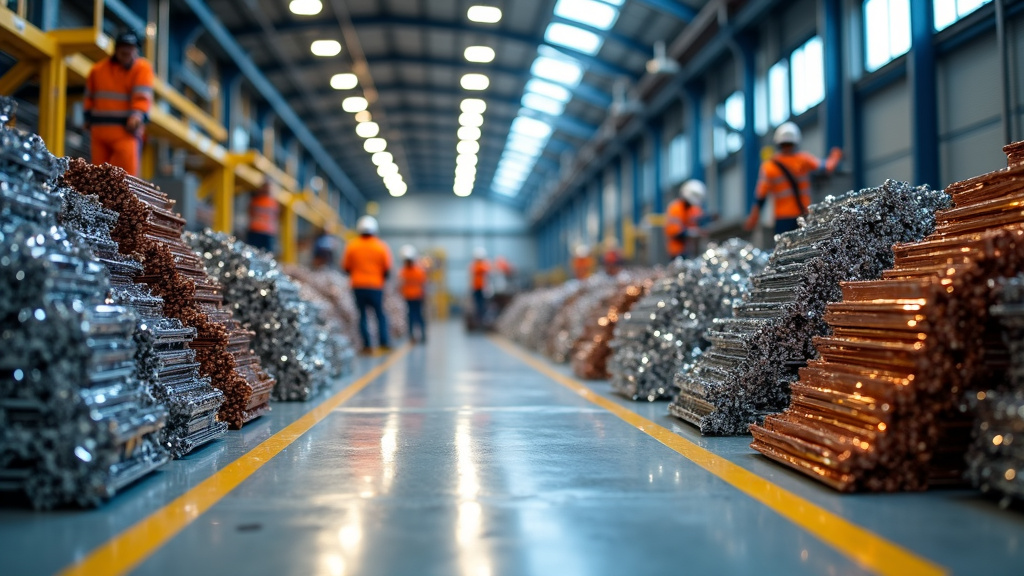
Understanding metal disposal regulations is crucial for protecting our environment and ensuring legal compliance. Here, we break down the key elements of the regulatory framework governing metal disposal.
Federal Regulations: The Foundation of Compliance
The Environmental Protection Agency (EPA) sets national standards for metal disposal practices. The Resource Conservation and Recovery Act (RCRA) establishes guidelines for managing hazardous and non-hazardous waste, including many types of scrap metal.
Under RCRA, businesses must determine if their metal waste is hazardous, based on factors like toxicity, corrosiveness, and reactivity. For instance, lead-acid batteries from vehicles are hazardous and require special handling.
The Clean Water Act and Clean Air Act regulate discharges and emissions from metal processing and disposal activities. Facilities must often obtain permits under these laws to prevent releasing harmful pollutants.
The EPA provides exemptions for certain types of scrap metal. Processed scrap metal being recycled is generally excluded from hazardous waste regulations, encouraging responsible recycling.
State and Local Laws: Adding Layers of Oversight
Beyond federal regulations, many states and local governments have stricter rules for metal disposal. These laws vary significantly, creating a patchwork of requirements.
Some states require licenses for scrap metal dealers or impose additional reporting for transactions involving certain metals. California, known for its environmental leadership, has stringent laws through its Department of Toxic Substances Control.
Local ordinances may dictate disposal locations, set storage limits, or establish noise restrictions. It’s crucial for businesses and individuals to familiarize themselves with local regulations to avoid fines or legal issues.
Best Practices for Responsible Metal Disposal
Compliance extends beyond legal requirements; it involves best practices that protect the environment and promote sustainability. Key strategies include:
- Proper Sorting: Separate different metals to facilitate recycling and ensure hazardous materials are handled correctly.
- Employee Training: Educate staff on proper disposal procedures and the importance of compliance.
- Record Keeping: Maintain detailed logs of disposal activities, including types, quantities, and destinations.
- Partner with Certified Recyclers: Work with reputable, licensed facilities that adhere to environmental standards.
- Regular Audits: Conduct periodic reviews of disposal practices to identify improvements and ensure compliance.
| Practice | Description |
| Systematic Separation | Implement designated bins for ferrous, non-ferrous, and electronic waste to minimize contamination. |
| Use of Certified Recyclers | Partner with certified facilities for proper handling and recycling of scrap metals. |
| Use of Advanced Sorting Technologies | Employ sensor-based systems for precise sorting, enhancing purity and recycling efficiency. |
| Upcycling | Repurpose metal items for new uses, reducing waste and adding creativity to spaces. |
| Hydrometallurgical Techniques | Utilize water-based methods to extract metals efficiently with fewer pollutants. |
The Importance of Staying Informed
Environmental regulations evolve as new findings emerge and public awareness grows. Staying updated is critical for compliance and environmental responsibility.
Consider joining industry associations or subscribing to regulatory update services to stay informed. The EPA’s sector-specific guidelines for metal recycling and production are invaluable for understanding current requirements and best practices.
Compliance isn’t just about avoiding fines—it’s about being a responsible steward of our environment. By understanding and adhering to the regulatory framework for metal disposal, we contribute to a cleaner, more sustainable future.
How Okon Recycling Can Help with Metal Disposal
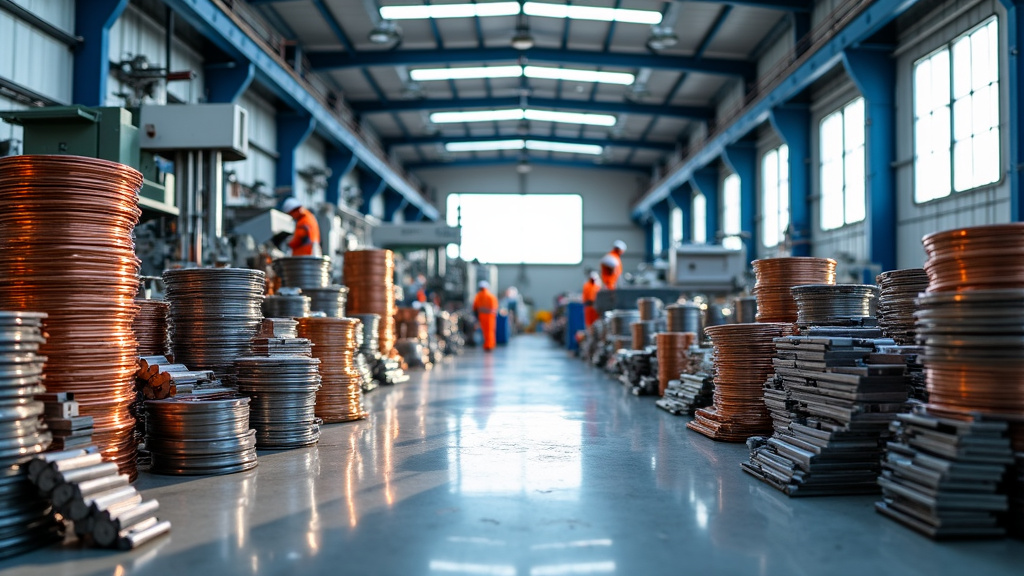
In the evolving field of waste management, Okon Recycling stands out for its innovation and sustainability. With over a century of experience, this Dallas-based company has refined its expertise in metal disposal to offer solutions that are both efficient and environmentally responsible.
Okon Recycling’s approach to metal disposal is comprehensive and tailored to meet the diverse needs of businesses and individuals. Their state-of-the-art facilities are equipped with advanced technology for precise sorting and processing of various types of metal waste, ensuring each piece is handled appropriately to maximize recycling potential.
Okon Recycling excels in its innovative approach to metal disposal. The company uses advanced techniques such as magnetic and eddy current separation to efficiently sort ferrous and non-ferrous metals, streamlining the recycling process and ensuring higher quality recycled materials.
The company’s commitment to sustainability extends beyond its operations, as Okon Recycling educates clients and the community on the importance of responsible metal disposal, fostering a culture of environmental stewardship.
The Future of Metal Disposal: Innovations and Trends
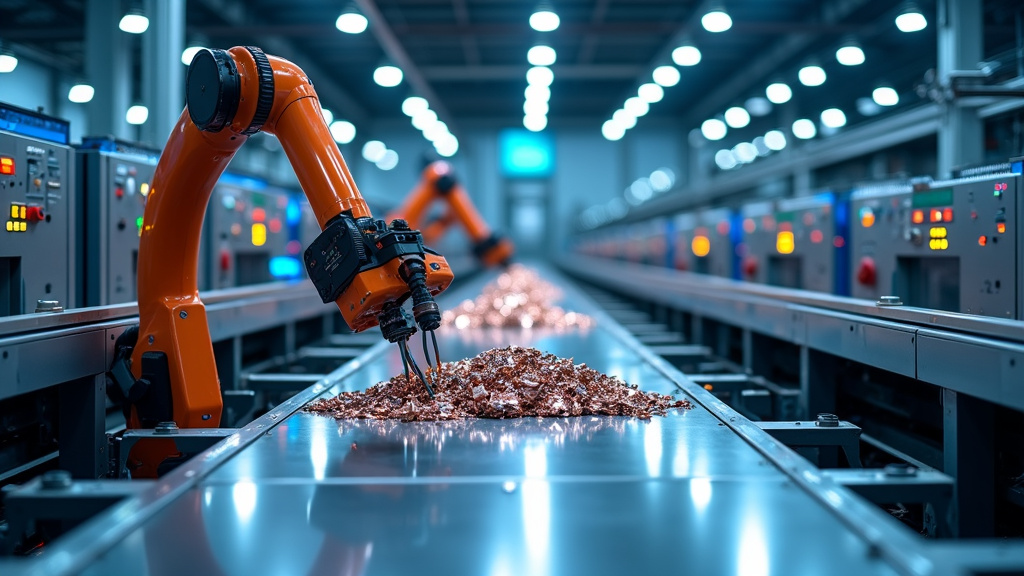
The concept of a circular economy is influencing the future of metal disposal. Companies are increasingly adopting eco-design principles, creating products with recycling in mind from the start. This approach facilitates easier disassembly and more efficient metal recovery at the end of a product’s life cycle.
As we embrace these technological advancements, staying informed about the latest developments in metal disposal is crucial. The industry is evolving rapidly, and keeping up with these changes can lead to more sustainable practices and better resource management.
At Okon Recycling, we pride ourselves on being at the forefront of these innovations. Our commitment to adopting the latest technologies and sustainable practices ensures that we provide the most efficient and environmentally friendly metal disposal solutions. For expert guidance on metal recycling and disposal, contact Okon Recycling at 214-717-4083.
